A Visitor Management System (VMS) is a web-based software application that revolutionises how your organisation approaches the management of visitors, contractors and staff at a single site or across multiple locations. It may be utilised as part of an integrated Contractor Management System, or simply - as a standalone software solution.
A VMS digital system has built-in capability to record the site access by visitor and tracking their whereabouts when they are on site. A VMS primary objective is to centrally report on everyone on site, how long they have been there, and if they are safe.
If you haven’t taken the plunge yet, you’re here because you are considering a VMS and we are here to guide you.
Update your reception sign-in book with a paper-free system and take environmentally responsible steps at the same time!
What are the key considerations when choosing a visitor management system?
At Sitepass, we believe the following pointers should be fully considered when choosing a VMS to meet your visitor and contractor needs. The experience of Covid-19 has further highlighted the increasing safety and compliance needs of monitor individuals entering sites and conducting their work. A VMS helps you to efficiently manage site permissions and in the case of infection control can help with evidence requirements of flu vaccinations and extend to individual temperature testing.
1. Determine the type of visitors do you want to monitor
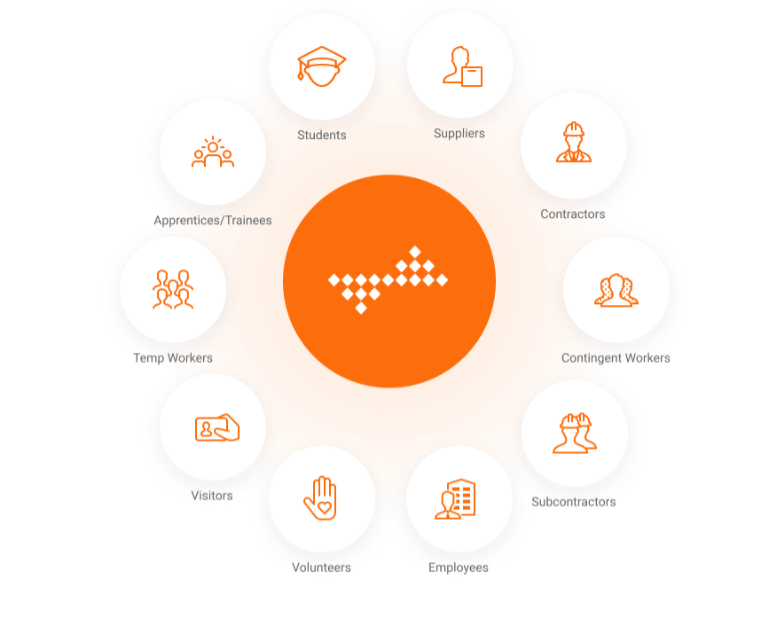
An organisation can have various types of visitors that come to site, and its important when considering a VMS to understand what type of visitors you have. Staff, contractors, general visitors, couriers, office maintenance and cleaners, delivery drivers, security are all different types of visitors who will have different workflows associated with their site check in. Does your organisation want to monitor all visitors, or just a few?
2. Defining the sign in workflows for each visitor
Once you have determined the types of visitors your organisation and sites have visiting and are required to be monitored in a VMS, outlining their workflows is the next important step and consideration. For example, people who visit the site frequently or daily such as staff, will have a different workflow from contractors.
3. The number of sites that need access control
To setup a VMS, you will need to determine how many sites/locations across your organisation you will need to setup. A site can be any location such as a building, level of a floor, any address. Determining this is important to what locations need access control in place, and those which do not.
Knowing this number is important as most VMS systems will charge per site, In order to ensure all locations are secure, and everyone entering is monitored and safe, Sitepass does not charge per site, allowing all locations to be enabled with a VMS solution.
4. Identifying the site information to be delivered to each visitor
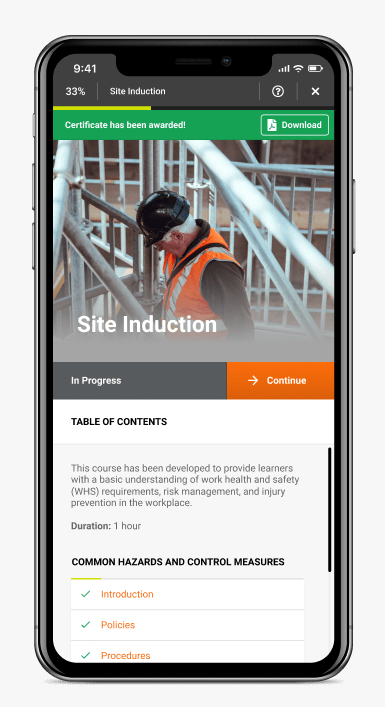
Ensuring people are safe at each location they visit within your organisation requires all visitors to understand the site procedures and processes. This is best achieved by delivering a site induction. Site inductions can be delivered either in person or online and the type of delivery will be dependent on the type of information, the hazards and risks at a location, and the capacity to deliver site inductions in person. Systems such as Sitepass enable the delivery of online site inductions to contractors, visitors and staff, ensuring each person has been inducted before they attend at site. When choosing a visitor management system understanding your site induction requirements, the type of information in the induction and how this is delivered to each visitor is an important consideration when selecting a VMS.
5. How to manage gatekeeping at your locations
A VMS can monitor who is at site, but it can also act as a gatekeeper only allowing approved visitors from entering a location. Having a VMS that can gatekeep a location is even more important with unmanned locations.
Gatekeeping can be achieved in two key ways:
- Pre-approval – Contractors, visitors and staff may be required to undertake a site induction or be pre-qualified before they can attend on site. Sitepass’ VMS is fully integrated with the Sitepass workflows, rejecting someone’s access to enter a site if their workflows are not approved, they haven’t done the necessary inductions, and if any information such as licences are expired.
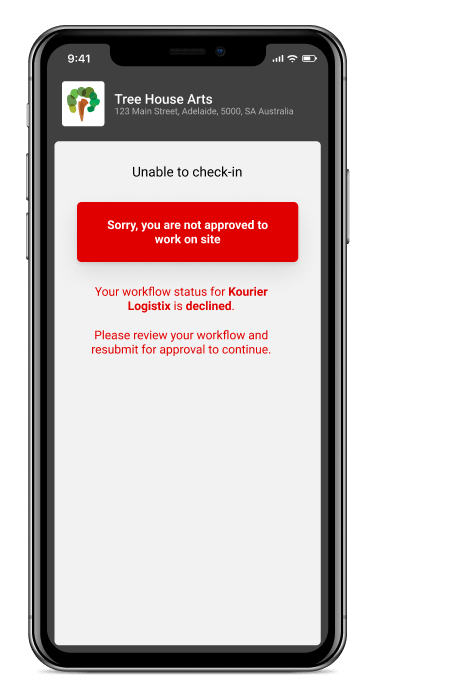
- Host approval – Even if someone is pre-approved to attend; you may also require that all hosts approve access for all visitors who come to site. Host approval adds a two-stage check in the process giving ultimate control to the host to reject or approve visitors even if they have been pre-approved.
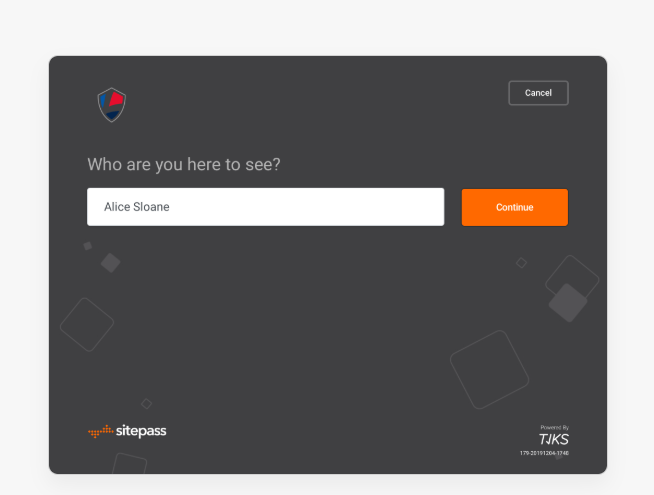
6. Mobile or kiosk sign in options
Visitor management systems include various options for how a visitor, contractor or staff member signs into the location. The two main options available include:
- Mobile – Mobile sign in requires the individual to use their own mobile phone to sign into the location. Sign in is available by downloading a mobile application and/or scanning a QR code at the site. Geofences limit how close an individual need to be in order to sign into the site. Mobile sign in is a low-cost option, that enables individuals who frequent a site ability to quickly sign in without holding up a kiosk.
- Kiosk – Kiosk sign in requires the setup of an iPad and printer for an individual to sign in. Kiosks are excellent for reception and high traffic areas and provide options for people to sign in without using their personal device.
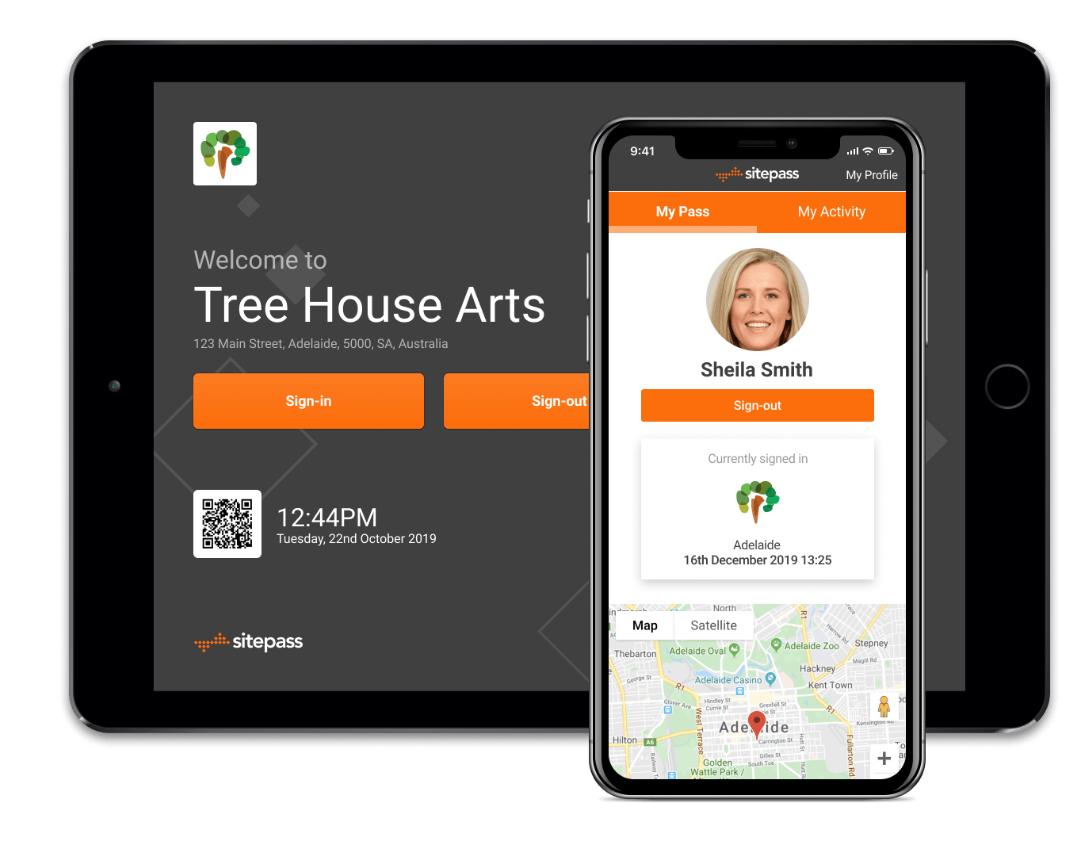
7. Who needs to monitor access?
Once your VMS is setup, you will need to determine who in your organisation needs access to monitor attendance. This could be office managers, site managers, security, reception staff, who need access. The VMS needs to provide the options to setup individuals with access and determine who they access needs to be. Consideration for reporting, live dashboarding and notifications regarding sign in/out are important when monitoring features for a VMS to ensure people can monitor access.
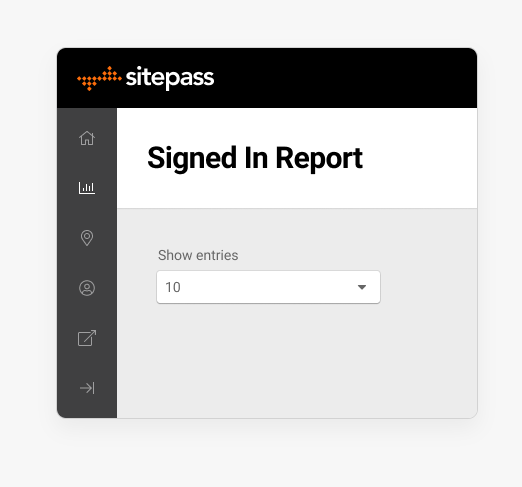
8. Integration with existing systems and hardware
To further embed a VMS into your processes, consideration for integration with your existing systems (payroll, active directory, HRIS etc) and access management hardware (boom gates, key access etc) is an important consideration. Integration reduces administration and further automates your business processes, centralises reporting and controls over who can access a site.
9. Roll out and change management
Once you have selected a VMS, the final consideration is roll out and change management. A VMS brings changes to an organisation, and the way the VMS is introduced can lead to a successful solution. Considerations for change management include:
- Roll out the VMS to one site or all sites initially
- Training for internal staff to monitor access
- Training and communication about the new system for contractors, external staff, and visitors
- On site instructions for sign in
- Process for reporting and escalating technical issues internally
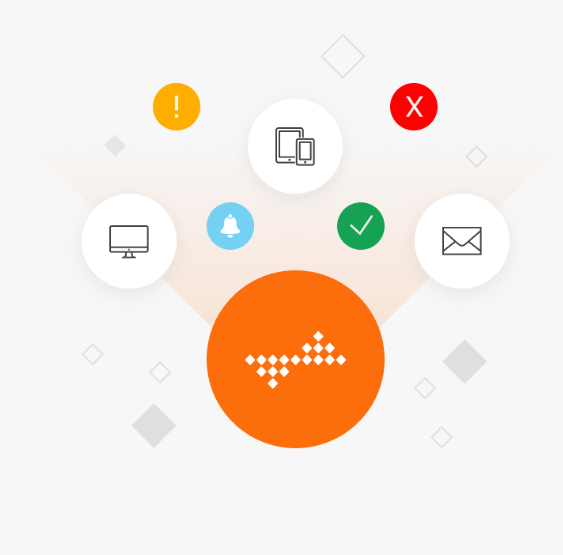
Sitepass’ VMS offers a live dashboard providing a list of everyone who has signed into the site or sites. Key departments and personnel in your organisation should have access to the dashboard so they can monitor the safety and security of everyone on site.
We can help you to cover your visitor management needs. If you’d like a demo, or would prefer to lodge a simple enquiry, we’d be delighted to discuss your needs.



